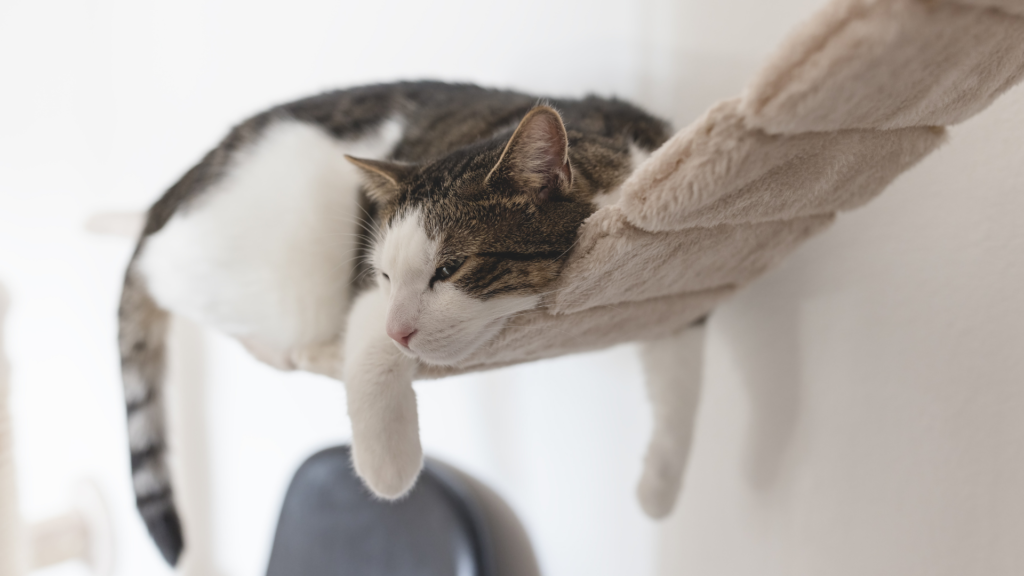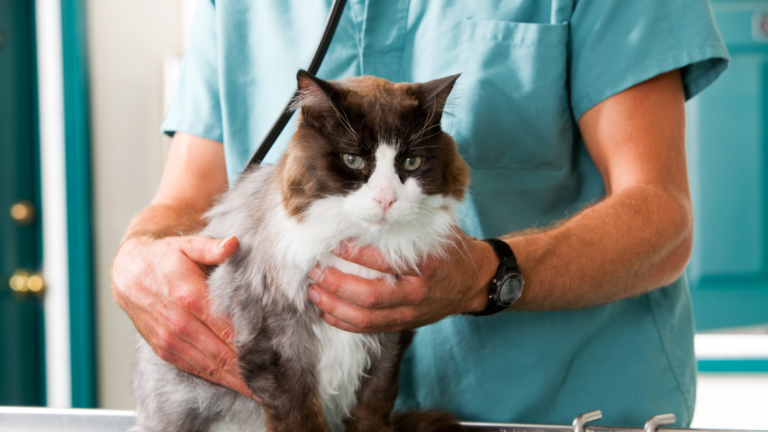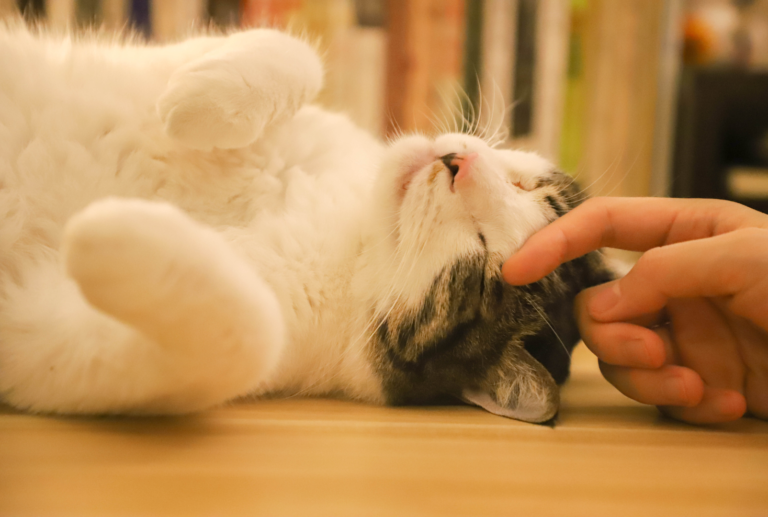Cat Behaviour: Understanding Your Cat’s Body Language
Cats are fascinating creatures with a rich and intricate system of communication, much of which is expressed through their body language. Understanding your feline friend’s body language can significantly enhance the bond between you and your cat, leading to better communication and a deeper connection. In this comprehensive guide, we’ll delve into the various aspects of decoding cat behaviour, helping you understand the intricate signals your cat displays through body language.

The Importance of Understanding Cat Body Language
Cats are known for their independent nature, and their body language plays a crucial role in expressing their emotions, needs, and responses to their environment. By deciphering these signals, cat owners can gain insights into their cat’s mood, comfort level, and overall well-being. This understanding can help create a harmonious and enriching environment for both the cat and the owner.
Key Elements of Cat Body Language
Tail Position and Movement
A cat’s tail is a powerful indicator of its emotional state. When a cat holds its tail high in the air, it generally signifies confidence and a friendly disposition. A twitching or flicking tail may indicate excitement or agitation, while a tucked tail can signal fear or anxiety.
Ear Position
The positioning of a cat’s ears provides valuable cues about its emotional state. Ears held forward suggest curiosity or attentiveness, while flattened ears may indicate fear, aggression, or discomfort.
Eye Contact
Direct eye contact from a cat can convey various messages. A slow blink often indicates trust and contentment, while prolonged staring may be a sign of aggression or challenge. Dilated pupils can signify arousal, fear, or excitement.
Posture and Movement
A relaxed and open posture indicates a content and calm cat, while a tense or hunched posture may indicate discomfort or anxiety. Paying attention to your cat’s movements, such as slow and deliberate prowling versus quick and erratic movements, can also offer insights into their mood and intentions.
Interpreting Common Cat Behaviours
Grooming
Cats are meticulous groomers, and the act of grooming is not only for hygiene but also serves as a self-soothing behaviour. Excessive grooming or the lack of grooming may indicate stress or an underlying health issue.
Kneading
Kneading, where a cat rhythmically presses its paws against a soft surface, is a behaviour often associated with contentment and comfort. This behaviour is reminiscent of kittenhood, when nursing kittens knead their mother’s belly to stimulate milk flow.
Hissing and Growling
When a cat hisses or growls, it’s a clear indication of fear, anxiety, or aggression. Understanding the triggers for such behaviour can help mitigate the underlying causes and create a safer environment for the cat.
Creating a Cat-Friendly Environment Based on Body Language
By recognizing and responding to your cat’s body language, you can create an environment that supports their emotional and physical well-being. For example, providing hiding spots, elevated perches, and interactive toys can offer cats opportunities to express their natural behaviours and feel secure in their surroundings.
Understanding your cat’s body language is an essential aspect of being a responsible and attentive cat owner. By learning to decode their signals, you can build a stronger relationship with your feline companion, anticipate their needs, and provide them with a supportive and enriching environment. Paying attention to their tail, ears, eyes, posture, and behaviours can help you become fluent in the nuanced language of cats, leading to a more fulfilling and harmonious bond.






